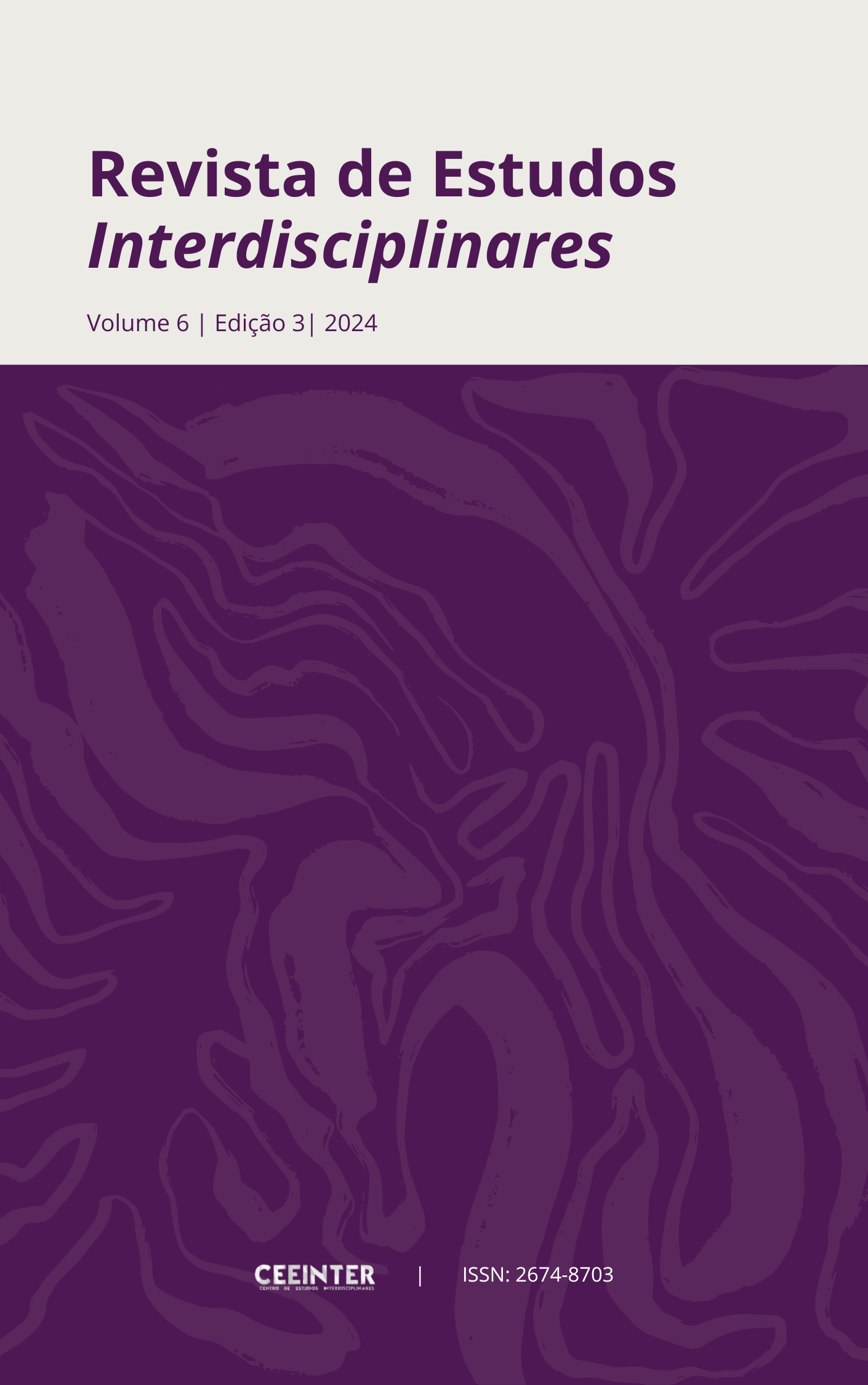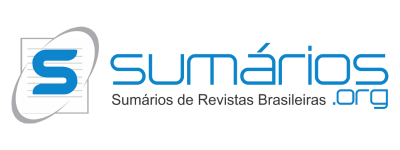THERMAL TREATMENT OF AGRICULTURAL WASTE AS AN ALTERNATIVE FOR PRODUCING SOLID BIOFUELS
Visualizações: 284DOI:
https://doi.org/10.56579/rei.v6i3.1031Keywords:
Agriculture, Chemistry, Energy potential, Forestry, ResiduesAbstract
Brazil stands out in terms of the composition of its energy matrix, with biofuels playing an important role, with many different raw materials requiring study. This article seeks to evaluate thermal treatment's effect on different biomass species to improve their energy characteristics, through an analysis of immediate chemical composition (as standardized by the American Society for Testing and Materials), spectroscopy in the infrared region, and thermogravimetry. This paper details the energy potential for each biomass, establishing the torrefaction processes with the best yield from agricultural residue of peanuts (Arachis hypogaea L.), cacao (Theobroma cacao L.), sugarcane (Saccharum spp.), coconut (Cocos nucifera L.), palm oil (Elaeis guineensis Jacq.), and papaya (Carica papaya L.). The thermal treatment of biomass proved effective in obtaining a solid biofuel with a higher heating value, as diagnosed through immediate chemical analyses.
Downloads
References
ARAÚJO, L. V. C.; LEITE, J. A. N.; PAES, J. B. Estimativa da produção de biomassa de um povoamento de jurema-preta (Mimosa tenuiflora (Willd.) Poiret. com cinco anos de idade. Biomassa & Energia, v. 1, n. 4, p. 347-352, 2004.
ARIAS, B. et al. Influence of torrefaction on the grindability and reactivity of woody biomass. Fuel Processing Technology, v. 89, n. 2, p. 169–175, 2008. https://doi.org/10.1016/j.fuproc.2007.09.002 DOI: https://doi.org/10.1016/j.fuproc.2007.09.002
ASTM - American Society For Testing and Materials. ASTM, D. 1102-84: Standard test method for ash solubility of wood. American Society for Testing and Materials. Estados Unidos da América. 2001. https://www.astm.org/d1102-84r21.html
ASTM - American Society For Testing and Materials. ASTM, E. 871-82: Standard Method for Moisture Analysis of Particulate Wood Fuels. Estados Unidos da América. 2019a. https://www.astm.org/e0871-82r19.html
ASTM - American Society For Testing and Materials. ASTM, E. 872-82: Standard Test Method for Volatile Matter in the Analysis of Particulate Wood Fuels. Estados Unidos da América. 2019b. Available at: https://www.astm.org/e0872-82r19.html
BUTT, O. M.; ZULQARNAIN, M.; BUTT, T. M. Recent advancement in smart grid technology: Future prospects in the electrical power network. Ain Shams Engineering Journal, v. 12, n. 1, 2020. https://doi.org/10.1016/j.asej.2020.05.004 DOI: https://doi.org/10.1016/j.asej.2020.05.004
CAO, L. et al. Complementary effects of torrefaction and co-pelletization: Energy consumption and characteristics of pellets. v. 185, p. 254–262, 2015. Bioresource Technology, https://doi.org/10.1016/j.biortech.2015.02.045 DOI: https://doi.org/10.1016/j.biortech.2015.02.045
DINCER, I. Renewable energy and sustainable development: a crucial review. Renewable and Sustainable Energy Reviews, v. 4, n. 2, p. 157–175, 2000. https://doi.org/10.1016/s1364-0321(99)00011-8 DOI: https://doi.org/10.1016/S1364-0321(99)00011-8
EDWARDS, P. M. Origin 7.0: Scientific Graphing and Data Analysis Software. Journal of Chemical Information and Computer Sciences, v. 42, n. 5, p. 1270–1271, 2002. https://doi.org/10.1021/ci0255432 DOI: https://doi.org/10.1021/ci0255432
FAVERO, A.; DAIGNEAULT, A.; SOHNGEN, B. Forests: Carbon sequestration, biomass energy, or both? Science Advances, v. 6, n. 13, p. eaay6792, 2020. https://doi.org/10.1126/sciadv.aay6792 DOI: https://doi.org/10.1126/sciadv.aay6792
GIL, M. V. et al. Grindability and combustion behavior of coal and torrefied biomass blends. Bioresource Technology, v. 191, p. 205–212, 2015. https://doi.org/10.1016/j.biortech.2015.04.117 DOI: https://doi.org/10.1016/j.biortech.2015.04.117
GUERRA, P. J. C. A cana-de-açúcar e a sustentabilidade: desafios para a readequação do setor sucroenergético nos estados das antigas capitanias do norte. Revista de Estudos Interdisciplinares, v. 4, n. 5, p. 77–88, 2023. https://revistas.ceeinter.com.br/revistadeestudosinterdisciplinar/article/view/474.
GRUBLER, A. et al. A low energy demand scenario for meeting the 1.5 °C target and sustainable development goals without negative emission technologies. Nature Energy, v. 3, n. 6, p. 515–527, 2018. https://doi.org/10.1038/s41560-018-0172-6 DOI: https://doi.org/10.1038/s41560-018-0172-6
IEA - International Energy Agency. World Energy Outlook 2022: Analysis. 2022. https://www.iea.org/reports/world-energy-outlook-2022
IONASHIRO M, GIOLITO I. Nomenclatura, padrões e apresentação dos resultados em análise térmica. 1980. http://www.labcat.unb.br/images/PDF/Aulas/AnalisesTermicas-Nomenclatura-ABRATEC.pdf
KHAN, H.; KHAN, I.; BINH, T. T. The heterogeneity of renewable energy consumption, carbon emission and financial development in the globe: A panel quantile regression approach. Energy Reports, v. 6, p. 859–867, 2020. https://doi.org/10.1016/j.egyr.2020.04.002 DOI: https://doi.org/10.1016/j.egyr.2020.04.002
MAO, G. et al. Research on biomass energy and environment from the past to the future: A bibliometric analysis. Science of The Total Environment, v. 635, p. 1081–1090, 2018. https://doi.org/10.1016/j.scitotenv.2018.04.173 DOI: https://doi.org/10.1016/j.scitotenv.2018.04.173
MICROSOFT. Microsoft 365. Excel. 2023. https://www.microsoft.com/microsoft-365
MME - Ministério de Minas e Energia. Relatório Síntese - Balanço Energético Nacional 2021. Sistema de Informações Energéticas (SIE Brasil). Ministério de Minas e Energia, Brasília, Brazil. 2021. https://www.mme.gov.br/SIEBRASIL/
MME - Ministério de Minas e Energia. Resenha Energética Brasileira: oferta e demanda da energia, instalações elétricas, energia no mundo. MME, Brasília, Brazil. 2020. http://antigo.mme.gov.br/web/guest/secretarias/planejamento-e-desenvolvimento-energetico/publicacoes/resenha-energetica-brasileira
OMER, A. M. Energy, environment and sustainable development. Renewable and Sustainable Energy Reviews, v. 12, n. 9, p. 2265–2300, 2008. https://doi.org/10.1016/j.rser.2007.05.001 DOI: https://doi.org/10.1016/j.rser.2007.05.001
PANDEY, K. K.; PITMAN, A. J. FTIR studies of the changes in wood chemistry following decay by brown-rot and white-rot fungi. International Biodeterioration & Biodegradation, v. 52, n. 3, p. 151–160, 2003. https://doi.org/10.1016/s0964-8305(03)00052-0 DOI: https://doi.org/10.1016/S0964-8305(03)00052-0
PARIKH, J.; CHANNIWALA, S.; GHOSAL, G. A correlation for calculating HHV from proximate analysis of solid fuels. Fuel, v. 84, n. 5, p. 487–494, 2005. https://doi.org/10.1016/j.fuel.2004.10.010 DOI: https://doi.org/10.1016/j.fuel.2004.10.010
PRINS, M. J.; PTASINSKI, K. J.; JANSSEN, F. J. J. G. More efficient biomass gasification via torrefaction. Energy, v. 31, n. 15, p. 3458–3470, 2006. https://doi.org/10.1016/j.energy.2006.03.008 DOI: https://doi.org/10.1016/j.energy.2006.03.008
TORRES, G. A. L. et al. Exposure To Climate Risk: A Case Study For Coffee Farming In The Region Of Alta Mogiana, São Paulo. Anais da Academia Brasileira de Ciências, v. 94, n. suppl 4, e2021137, 2022. https://doi.org/10.1590/0001-3765202220211379 DOI: https://doi.org/10.1590/0001-3765202220211379
SILVA, A. G. et al. Estudo do processo de torrefação de resíduos de biomassas para fins energéticos. Revista Brasileira de Ciências Ambientais (Online), n. 45, p. 86–99, 2017. https://doi.org/10.5327/Z2176-947820170230 DOI: https://doi.org/10.5327/Z2176-947820170230
ZHANG, C. et al. Torrefaction performance and energy usage of biomass wastes and their correlations with torrefaction severity index. Applied Energy, v. 220, p. 598–604, 2018. https://doi.org/10.1016/j.apenergy.2018.03.129 DOI: https://doi.org/10.1016/j.apenergy.2018.03.129
Downloads
Published
How to Cite
Issue
Section
License
Copyright (c) 2024 Interdisciplinary Studies Journal

This work is licensed under a Creative Commons Attribution 4.0 International License.
The Journal of Interdisciplinary Studies adopts the Creative Commons Attribution 4.0 International License (CC BY 4.0), which allows for sharing and adapting the work, including for commercial purposes, provided proper attribution is given and the original publication in this journal is acknowledged.













